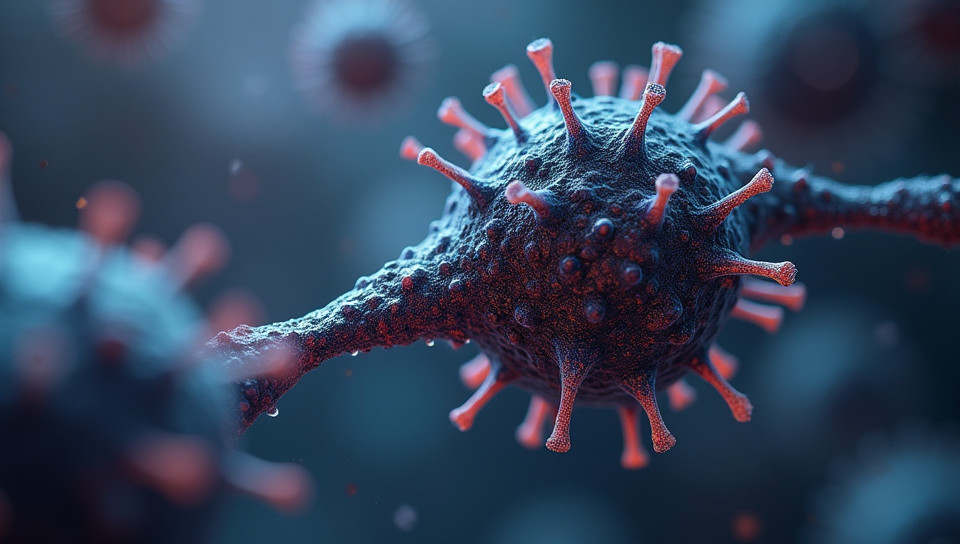The use of CRISPR can cause genetic mutations 89%

The Double-Edged Sword of CRISPR: How Genetic Editing Can Go Wrong
As we continue to push the boundaries of genetic engineering, one tool has emerged as a game-changer: CRISPR-Cas9. This powerful technology allows us to edit DNA with unprecedented precision, holding out promise for revolutionary treatments and cures for some of humanity's most devastating diseases. However, as we rush headlong into this brave new world, it's essential that we don't ignore the elephant in the room: the very real possibility that CRISPR can cause genetic mutations.
The Basics of CRISPR
CRISPR-Cas9 is a molecular scissor that allows us to edit DNA with unprecedented precision. By harnessing the power of this enzyme, scientists can snip out faulty genes and replace them with healthy ones. This technology has been hailed as a breakthrough in the fight against genetic diseases.
But What About the Risks?
While CRISPR holds immense promise, it's not without its risks. When used improperly or without adequate safeguards, this powerful tool can cause unintended consequences – including genetic mutations.
- Off-target effects: CRISPR can sometimes edit DNA in places other than where we intended to make a change.
- Mosaicism: The edited cells may not be identical, leading to a mix of healthy and unhealthy cells within the same organism.
- Insertional mutagenesis: When CRISPR adds new genetic material into an existing gene, it can cause mutations that disrupt the function of the gene.
Why Do These Risks Matter?
The consequences of these risks are far-reaching. Genetic mutations caused by CRISPR could lead to unforeseen health problems, including cancer and other diseases. Moreover, the potential for off-target effects raises concerns about the long-term safety and efficacy of this technology.
What's Being Done to Mitigate These Risks?
Scientists and regulators are working hard to address these risks and ensure that CRISPR is used responsibly. This includes developing new techniques to improve the accuracy of gene editing, as well as implementing strict guidelines for its use in humans.
Conclusion
As we continue to harness the power of CRISPR, it's essential that we acknowledge the potential risks and take steps to mitigate them. By doing so, we can unlock the full potential of this technology while avoiding the unintended consequences that could have far-reaching implications for humanity. The double-edged sword of CRISPR is a reminder that with great power comes great responsibility – and that by working together, we can ensure that genetic engineering is used for the greater good.
- Created by: Diego Carrillo
- Created at: Jan. 13, 2025, 2:15 p.m.
- ID: 17739









